Pancetta – get it sizzling!
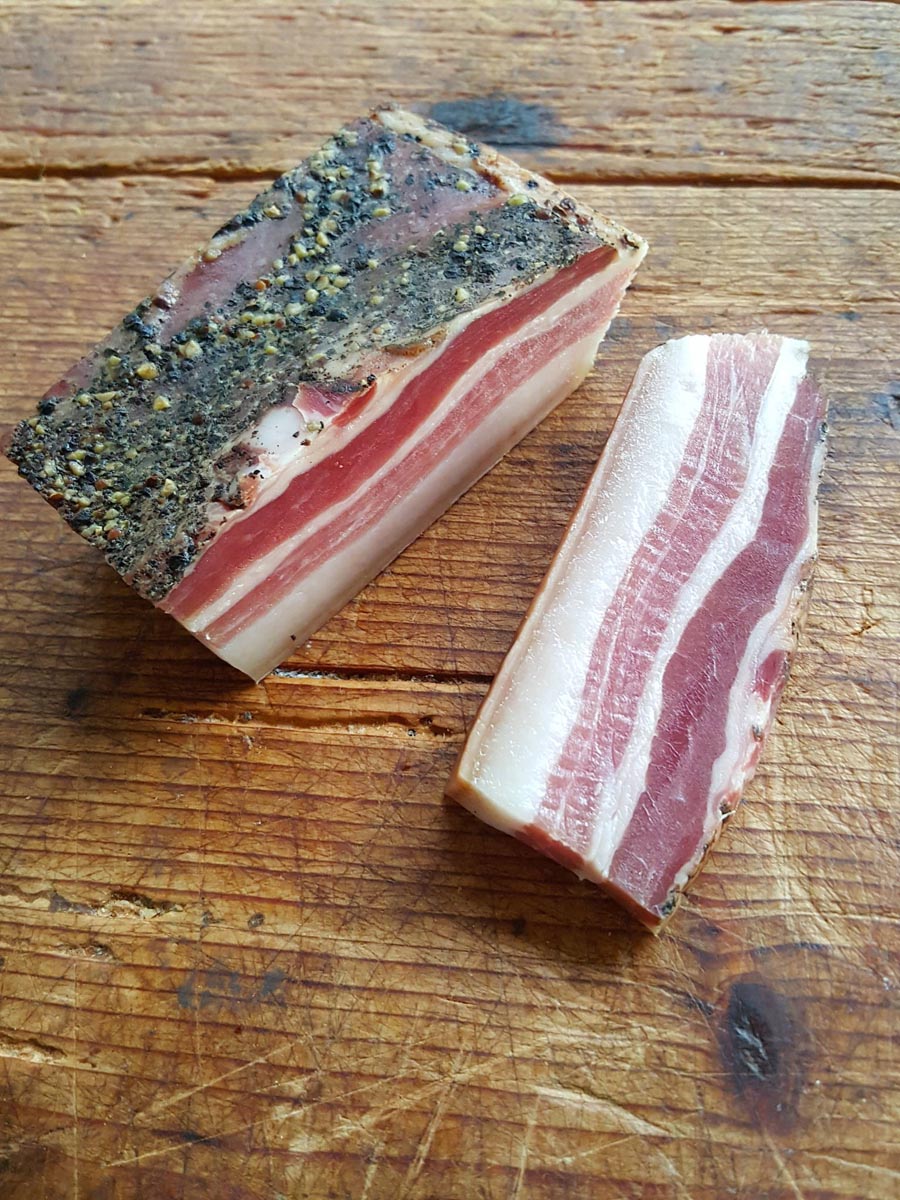
Hard to resist … nuggets of golden salty deliciousness!

Hard to resist … nuggets of golden salty deliciousness!
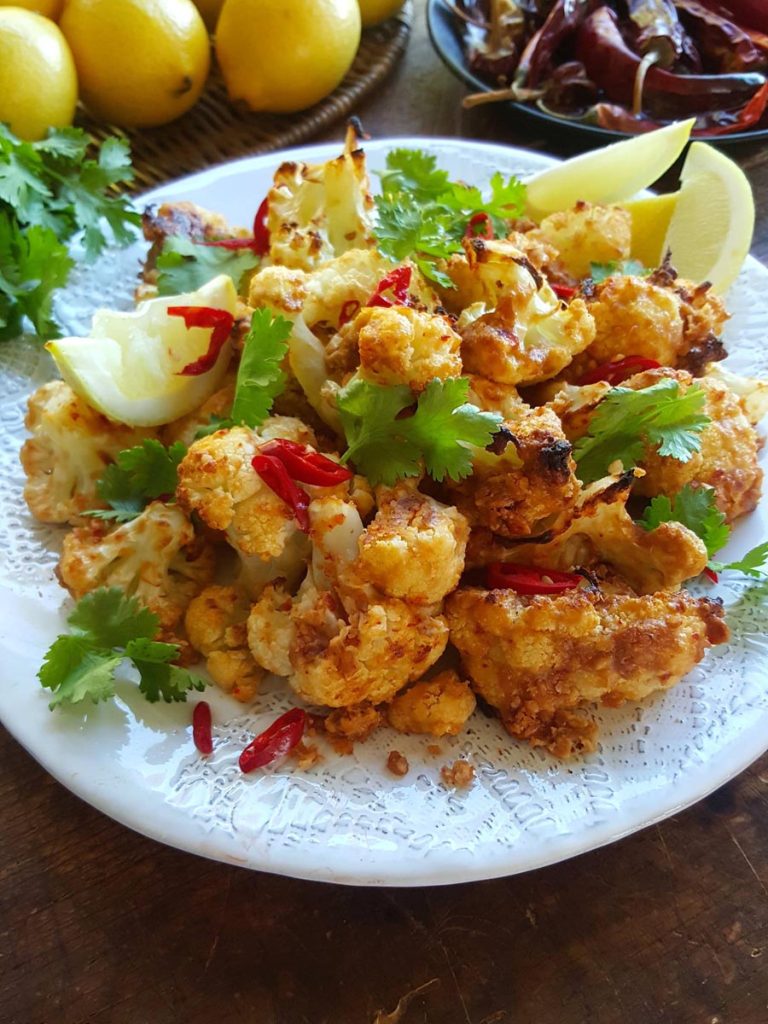
Hobby horse: We all deserve to eat, but let’s make it easy on our hosts.
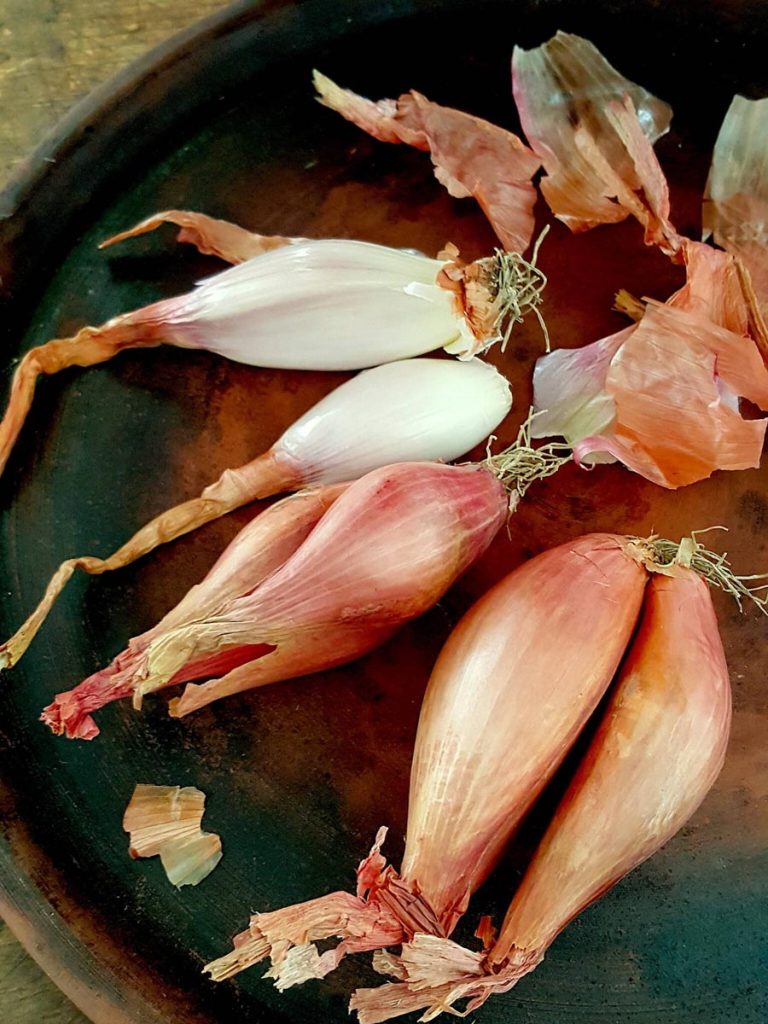
There’s nothing more annoying than a recipe that calls for 1 shallot (or 2, 3, 4…).
How much is that?
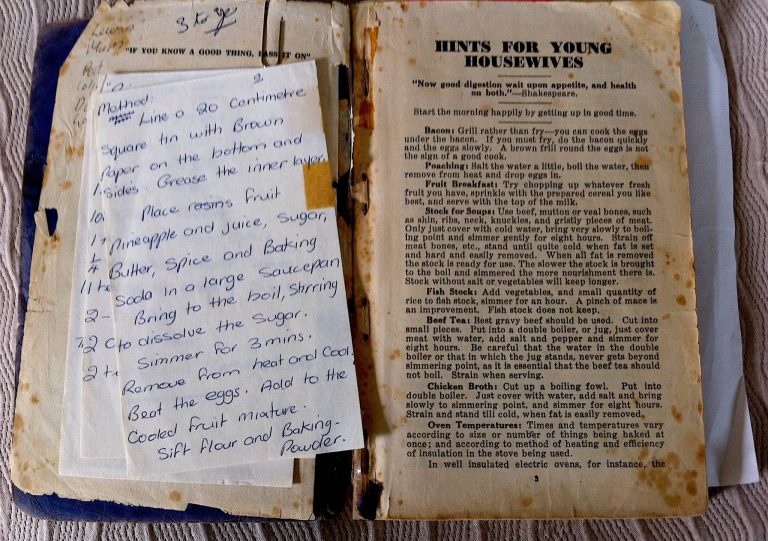
To wash or not to wash. That is the question. What’s best? Find out!
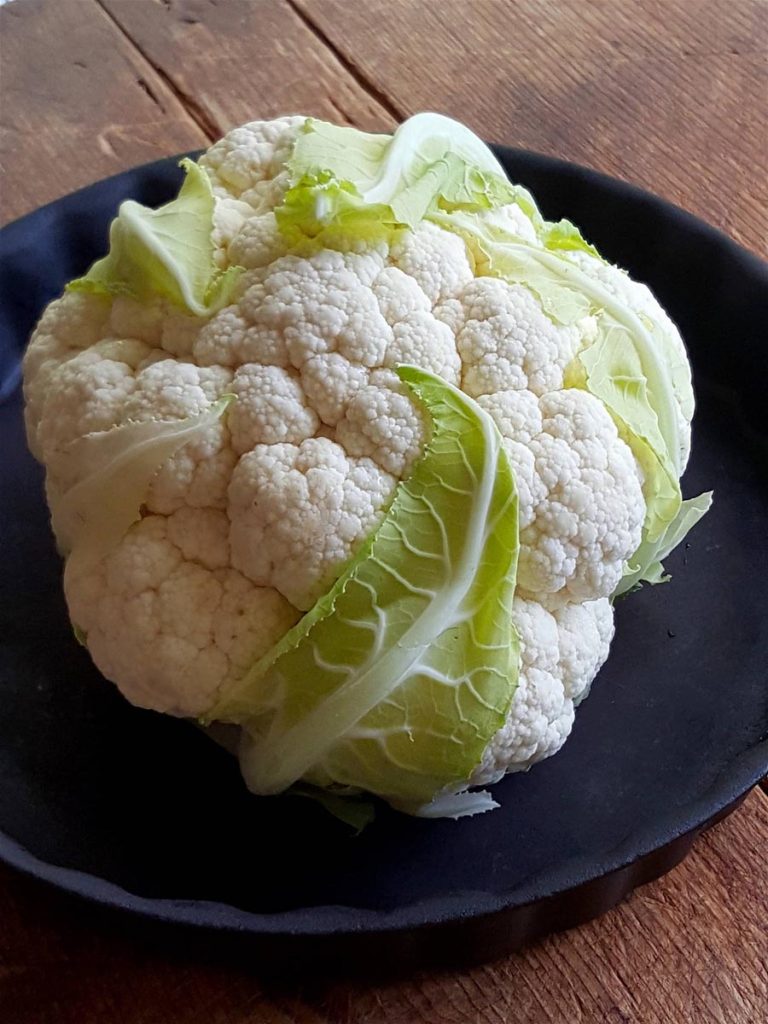
Everything you need to know about cauliflower, and then some …

Lemons – will you snuff it if you eat a lemon tree leaf?
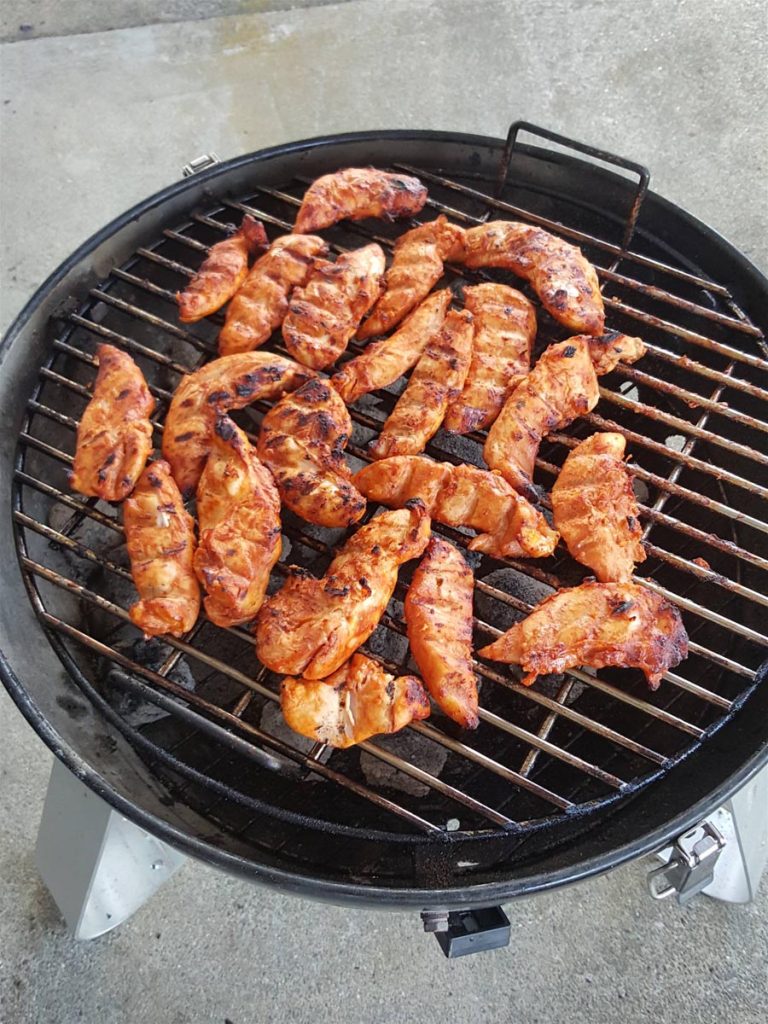
For success with this dish, follow Luca’s advice. “Please remember that you can do this – it’s mind over matter; those who matter won’t mind and those who mind, don’t matter.”
No products in the basket.
Welcome to the new Shared Kitchen experience! If you encounter any issues, please let us know. Dismiss